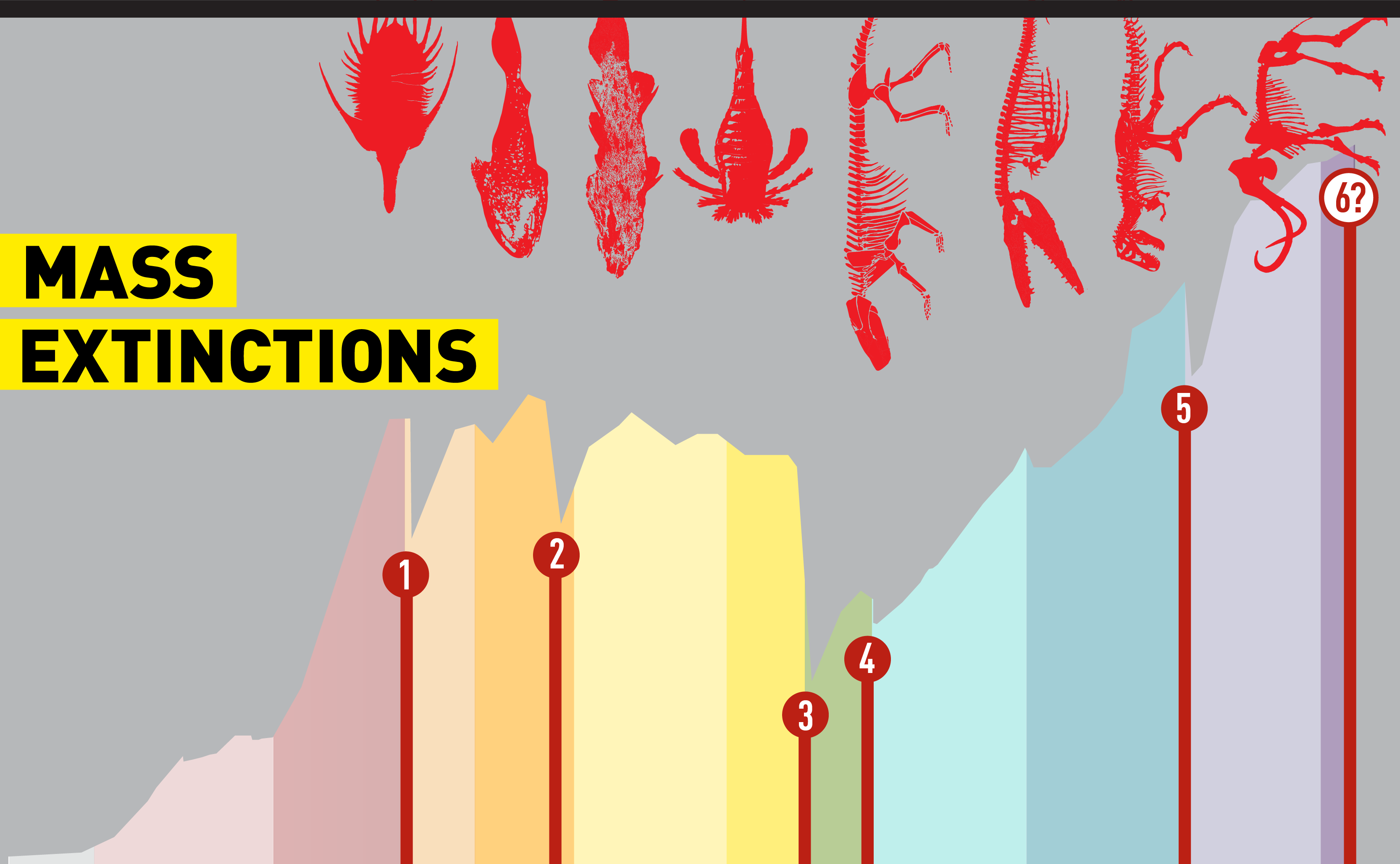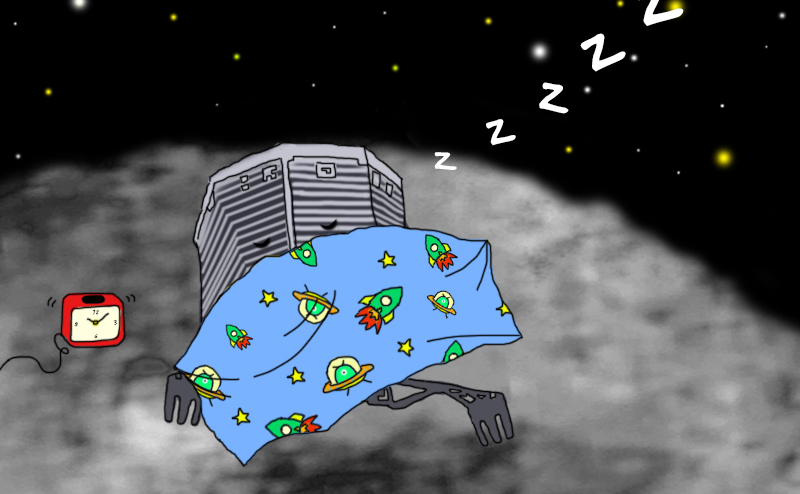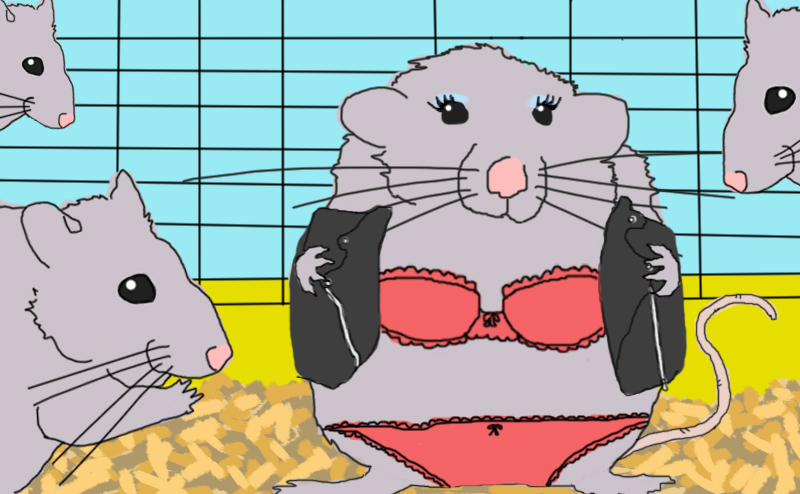Articles

“Human kind cannot bear very much reality,” says T.S Eliot. So much reality is forced upon us by the enormity of our manmade global warming that it’s very hard to bear. The world’s leading climate scientists and policy makers are letting themselves say publicly what they’ve long said off-camera: Even the very existence of the human race is threatened. “OPTIMISM FACES GRAVE REALITIES AT CLIMATE SUMMIT” is the all-caps boldface lead headline on the December 1, 2014 New York Times. The second paragraph of the article, setting up the UN’s 20th annual climate summit, held in Lima Peru, reports that uncontrolled global warming could make the world “uninhabitable for humans.”
Read MoreFor everything on Earth, there has been a season: A time for continents to meet, a time for them to break apart, a time for warming and a time for cooling, a time for life to thrive and species to multiply … and a time for them to get obliterated by global catastrophes. Scientists generally recognize five major extinction events when, in very short order (on a geological timescale, anyway), much of life on Earth was utterly stomped into the fossil record. Here’s a look at the five major extinction events of epochs past, and a glimpse at the sixth one we might be causing right now.
Read MoreSeven days; lots of science in the news. Here’s our roundup of this week’s most notable and quotable items: NASA’s Curiosity rover detected a burp of methane on Mars lasting for several months—possibly stemming from a geologic process called serpentinization, or possibly the signature of microscopic Martian life. American military researchers are testing bullets that can change direction mid-flight. Some birds may be able to hear tornadoes and massive storms approaching days ahead of time. Experiments at the Large Hadron Collider—scheduled to switch on again in 2015 after two years of rest and retooling—might explain why our universe has so much more matter than antimatter. The ESA’s Venus Express probe is about to end its 8-and-a-half year mission with a fiery plunge into the planet’s sulfuric atmosphere. Vegans eat an average of 6 million microbes a day. Geologists are hoping a rock stuffed with 30,000 tiny diamonds will yield new insights about chemical processes below the Earth’s surface. Humankind probably began using fire about 350,000 years ago, based on burnt flint tools found in an Israeli cave. There’s no evidence that “paleo” diets actually reflect what Paleolithic humans ate. The Arctic is now warming twice as fast as the rest …
Read MoreEvolution has two histories—the story of the Earth and its species, and our discovery and exploration of the concept itself. We recently had the pleasure of speaking with the original Science Guy, Bill Nye, about his book Undeniable: Evolution and the Science of Creation, which seeks to spread awareness of evolution and how it shapes our ecosystem and ourselves.
Read MoreSeven days; lots of science in the news. Here’s our roundup of this week’s most notable and quotable items: The 96-mile-wide crater that NASA’s Curiosity rover has been exploring probably once held a vast lake. Researchers created some of the most realistic synthetic skin yet, a stretchy substance with integrated sensors that can detect pressure, temperature, and humidity. Comets probably did not bring water to Earth, according to the first analysis of data from the Rosetta mission—though not all scientists are convinced yet. Physicists found that the best way to skip stones across a pond is to throw it so it lands at an angle of about 20 degrees with respect to the surface of the water. Baby cinereous mourner chicks mimic toxic caterpillars to fool predators. Nitrous oxide—“laughing gas”—shows promise as a treatment for depression in people who don’t respond to other forms of therapy. Two blue stars in the constellation Camelopardalis are about to merge. A new estimate of the amount of plastic trash floating in the world’s oceans stands at 269,000 tons, broken down into 5.25 trillion pieces. Students in online courses give more favorable evaluations to professors they believe to be male. Toxic algae blooms might …
Read MoreThe canary in the coal mine of climate change may actually be something a little less feathery and a lot more slimy: Amphibians. Many of these creatures have already been in decline due to disease, and climate changes appear to be accelerating the problem. Jason Rohr, a University of South Florida biologist, says that some amphibians are already being forced to shift the timing of their breeding in response to climate change. Salamanders in the Appalachian mountains are shrinking. As climate trends continue, Rohr says we can expect to see amphibians further altering their behavior, moving to new grounds, and expect more overall declines in species.
Read More














